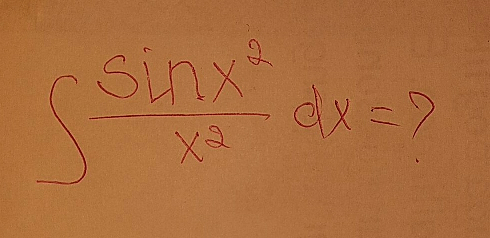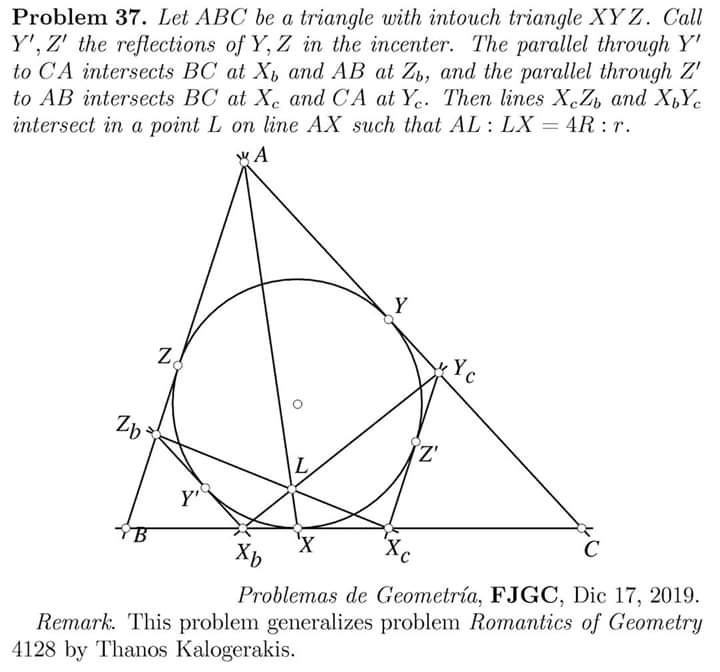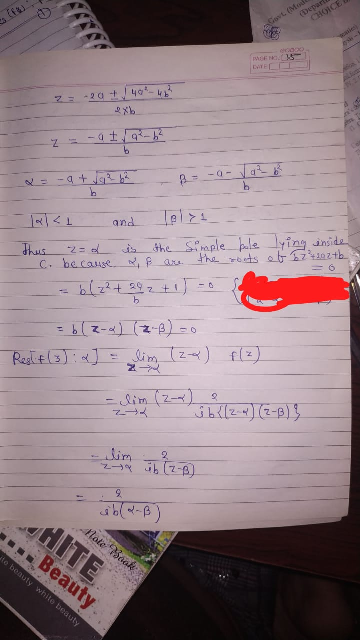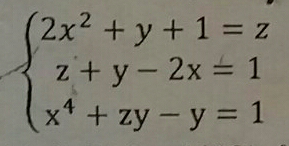
AllQuestion and Answers: Page 1373
Question Number 75883 Answers: 0 Comments: 2
Question Number 75879 Answers: 1 Comments: 0

Question Number 75873 Answers: 1 Comments: 0
Question Number 75868 Answers: 0 Comments: 0
Question Number 75860 Answers: 1 Comments: 0
$${complete}\:{and}\:{balance}\: \\ $$$${S}+{HNO}_{\mathrm{3}} \rightarrow \\ $$$$ \\ $$
Question Number 75851 Answers: 1 Comments: 0

Question Number 75849 Answers: 0 Comments: 0
Question Number 75848 Answers: 2 Comments: 1
Question Number 75840 Answers: 1 Comments: 0
Question Number 75838 Answers: 0 Comments: 1

Question Number 75845 Answers: 1 Comments: 2
Question Number 75830 Answers: 1 Comments: 5

Question Number 75828 Answers: 1 Comments: 1
$$\underset{{n}=\mathrm{1}} {\overset{\infty} {\sum}}\frac{\mathrm{1}}{\mathrm{10}^{{n}} } \\ $$
Question Number 75826 Answers: 1 Comments: 1

Question Number 75846 Answers: 2 Comments: 0
Question Number 75847 Answers: 0 Comments: 2
Question Number 75825 Answers: 0 Comments: 0

Question Number 75822 Answers: 0 Comments: 0

Question Number 75821 Answers: 0 Comments: 1

Question Number 75818 Answers: 1 Comments: 3
Question Number 75814 Answers: 1 Comments: 1

Question Number 75809 Answers: 0 Comments: 2

Question Number 75802 Answers: 1 Comments: 0
Question Number 75796 Answers: 1 Comments: 0
Question Number 75795 Answers: 0 Comments: 1
Question Number 75793 Answers: 1 Comments: 1
Pg 1368 Pg 1369 Pg 1370 Pg 1371 Pg 1372 Pg 1373 Pg 1374 Pg 1375 Pg 1376 Pg 1377
